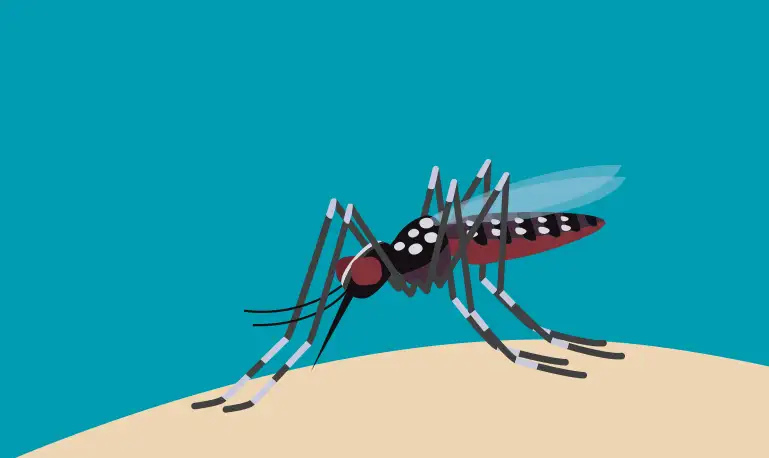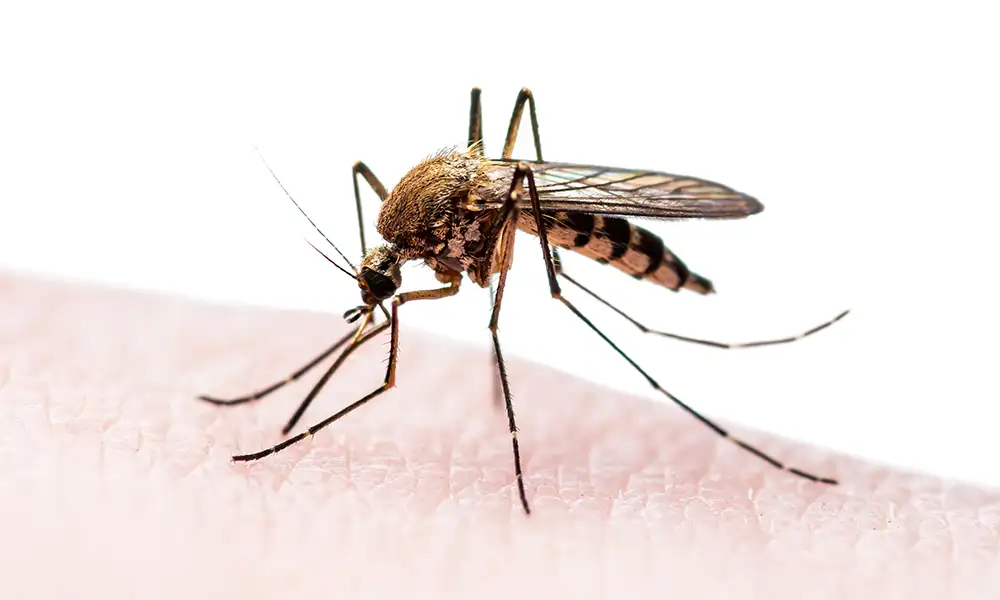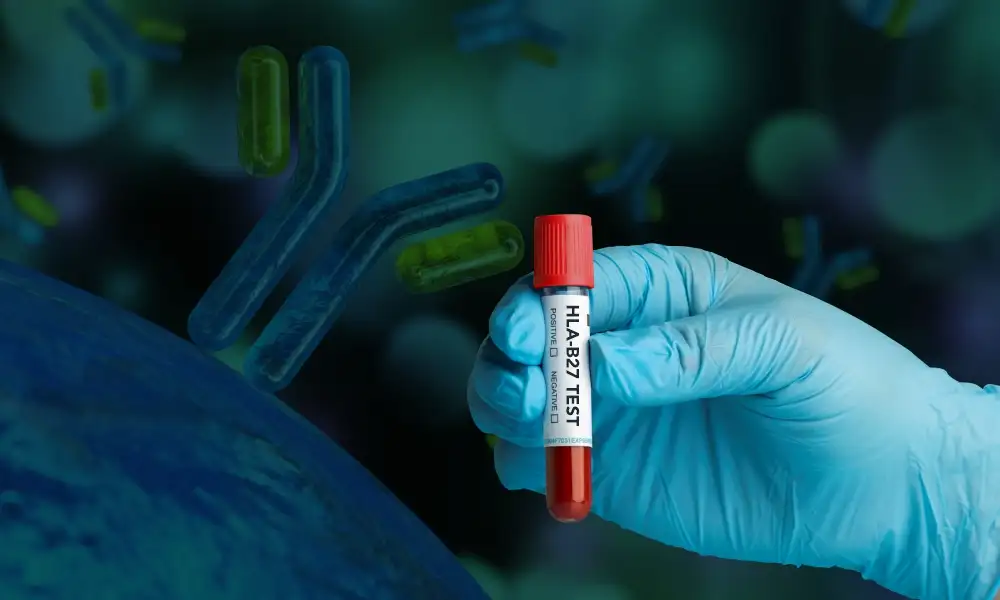COVID-19 Omicron vs Delta: What You Need to Know
- January 14,2022
- 5 Min Read

Omicron vs Delta
*What is the S-gene drop-out?
Certain mutations (del 69-70) in the Omicron variant have caused what’s known as the S-gene drop-out or S-gene target failure (SGTF) when doing the RT-PCR test. What this means is that in RT-PCR tests which target the S-gene of the COVID-19 virus, the S-gene is not detected despite the virus being present (provided the S-gene probe targets the mutated segment). Hence, caution is required when selecting the S-gene as a target for PCR testing, due to the SGTF effect.
*Can S-gene drop-out be used to identify the Omicron variant?
SGTF is possible in the Alpha variant and the Delta variant as well. However, since the Alpha variant is not prevalent and only very few cases of both the Alpha and Delta variants have shown SGTF, the strategy can be very well used for screening for the Omicron variant (though sequencing is the only definitive way).
Also, the Omicron variant has subtypes viz BA.1, BA.2, and BA.3 (so far the BA.3 subtype has yet to be detected in India). Of these three, only BA.1 and BA.3 have the del 69-70 mutation which causes the SGTF. So, an infection with the BA.2 subtype of the Omicron variant will not show SGTF.
In summation, sequencing is the definitive way to identify the Omicron variant. There are, however, some kits coming to market which can specifically detect the Omicron variant eg: Omisure from Tata Medical and Diagnostics.
Want to book a test? Fill up the details & get a callback
Most Viewed
Premarital Health Screening
- 20 Min Read
Typhoid - Signs and Symptoms
- 3 Min Read
Home Isolation Guidelines - Covid-19 Care
- 5 Min Read
HLA B27 Detection: Flow Cytometry & PCR
- 1 Min Read














